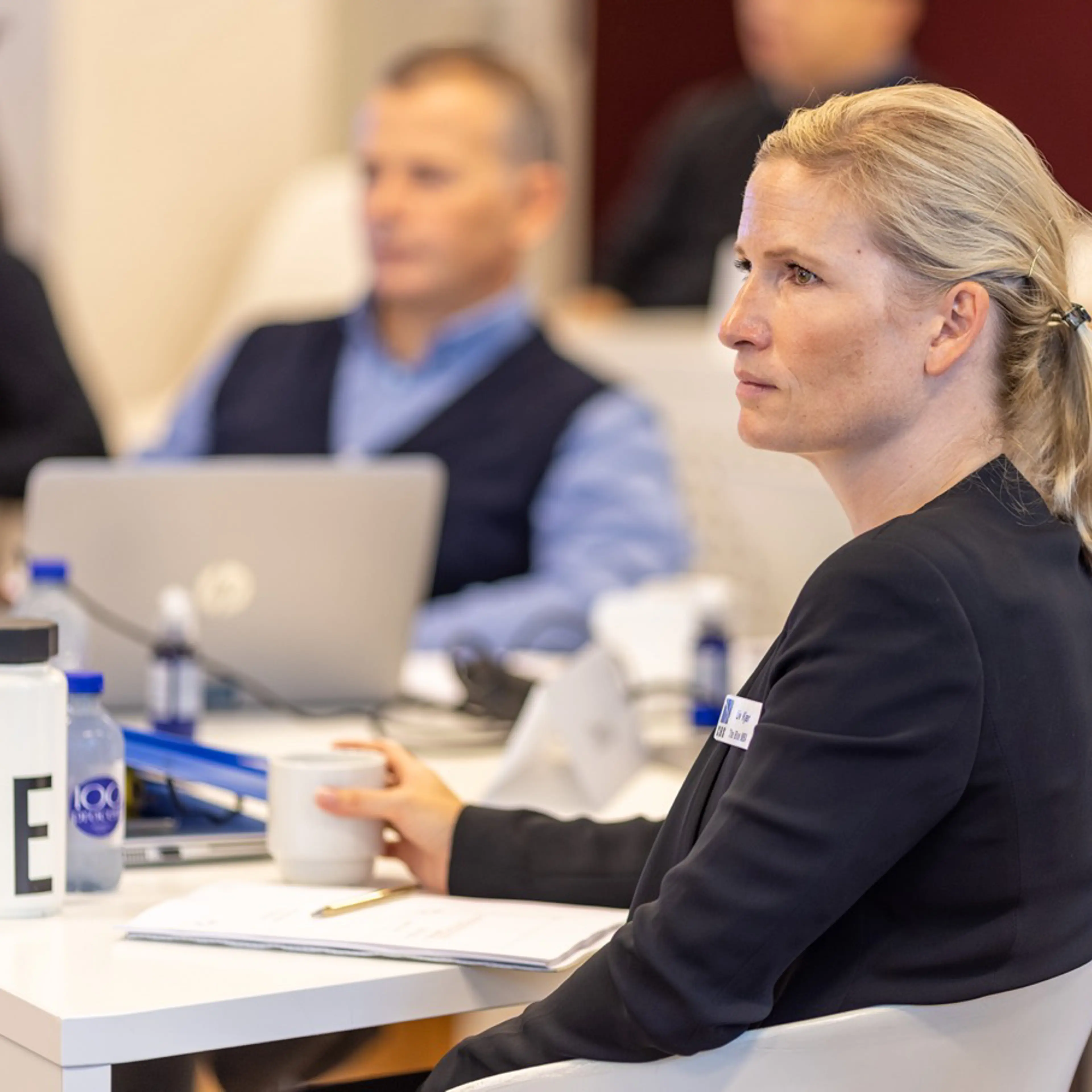Danish ports possess excellent opportunities to create growth, innovation and green jobs but taking advantage of those opportunities requires expanding the focus from water to land.
CBS Associate Professor and Director of CBS Maritime Henrik Sornn-Friese clarifies that:
“We need to stop thinking about ports as simply places where goods are transferred from the wharf to the road. There is plenty of space around the ports that can be better utilised if we think more proactively,” adding that “Denmark has around 60 commercial ports but only a few of them are commercially run. We should take a more value-based approach when looking at our ports."
Green hubs
Ports need to boast more than just the clamour of seagulls, containerships and warehouses. Sornn-Friese points out that some ports should focus on attracting entrepreneurial environments in the green transition, which is already the case, for example in the Netherlands:
“Port authorities can build rental offices, shared facilities, labs and workshops for entrepreneurs. In an ideal world they could also offer a variety of economic business models to lure in the right companies and help them get started.”
According to Sornn-Friese another option is to become an integral part of the value chain for the offshore wind industry that Denmark is investing in heavily. Politicians have decided to build six new large wind farms in the North Sea, Baltic Sea and Kattegat. Since the wind turbines will be of an unprecedented size they will require a considerable amount of capacity to assemble and ship.
Another way to turn Danish ports into green hubs is power-to-X facilities, which use electricity to produce hydrogen. Sornn-Friese emphasises, however the importance of having an overall national vision because the facilities should preferably be located in larger ports that already have access to energy infrastructure, supply chains and deepwater.



